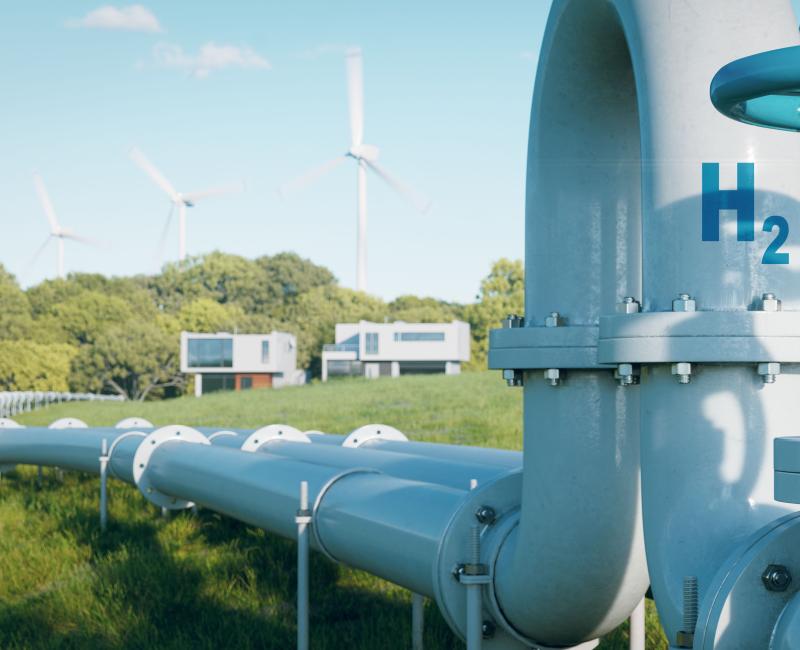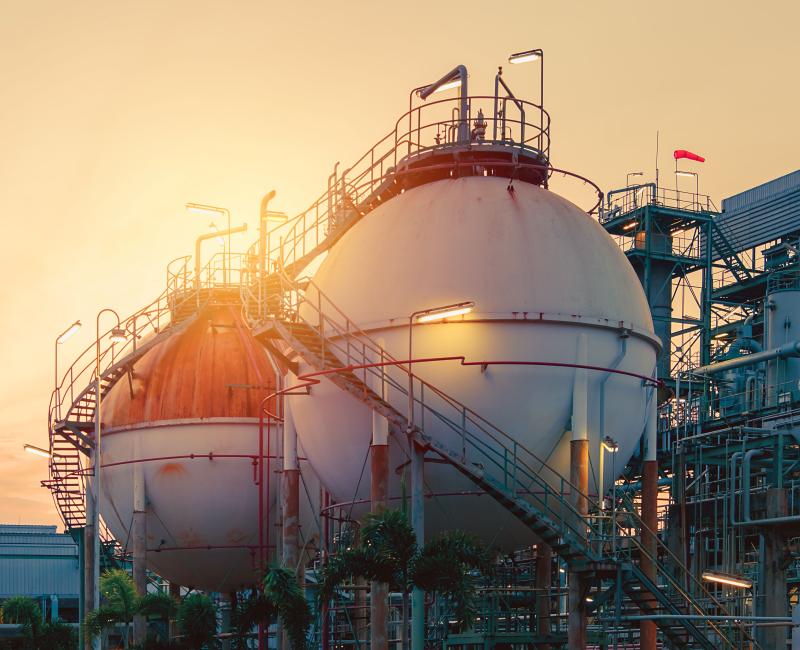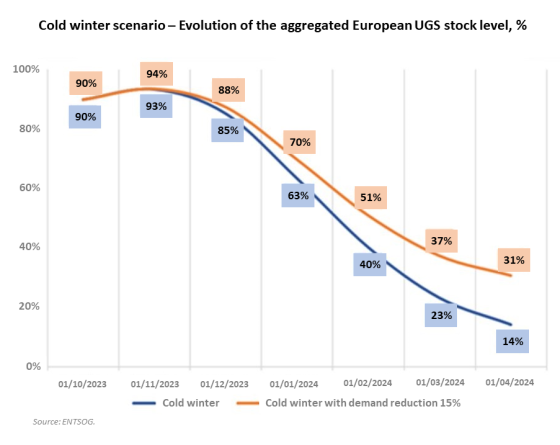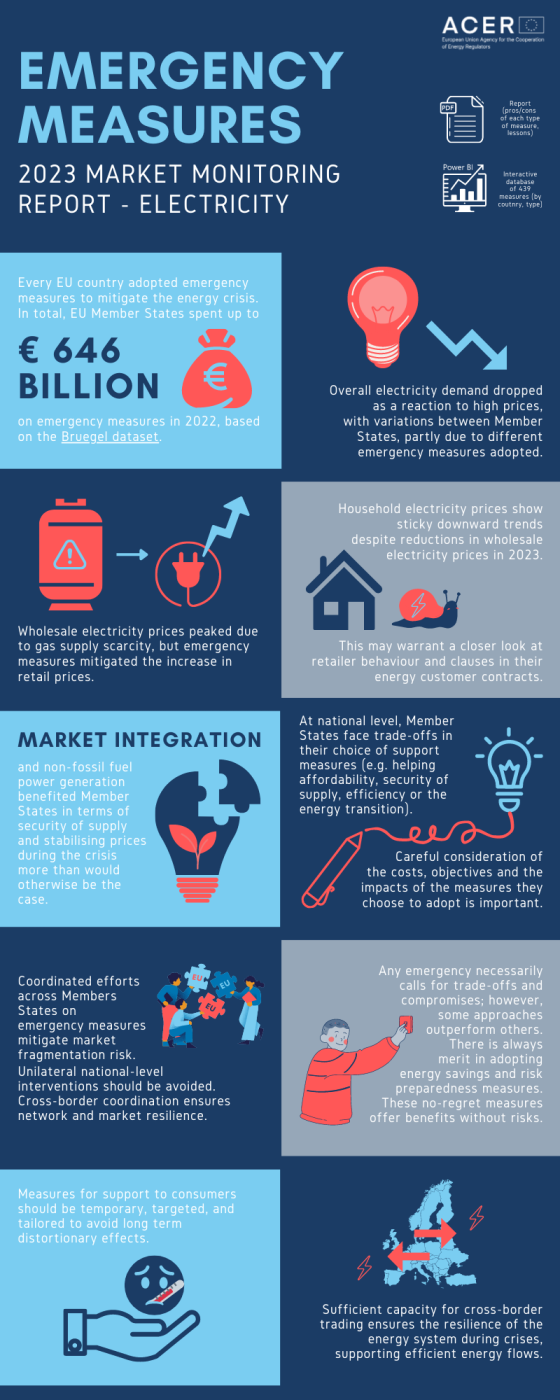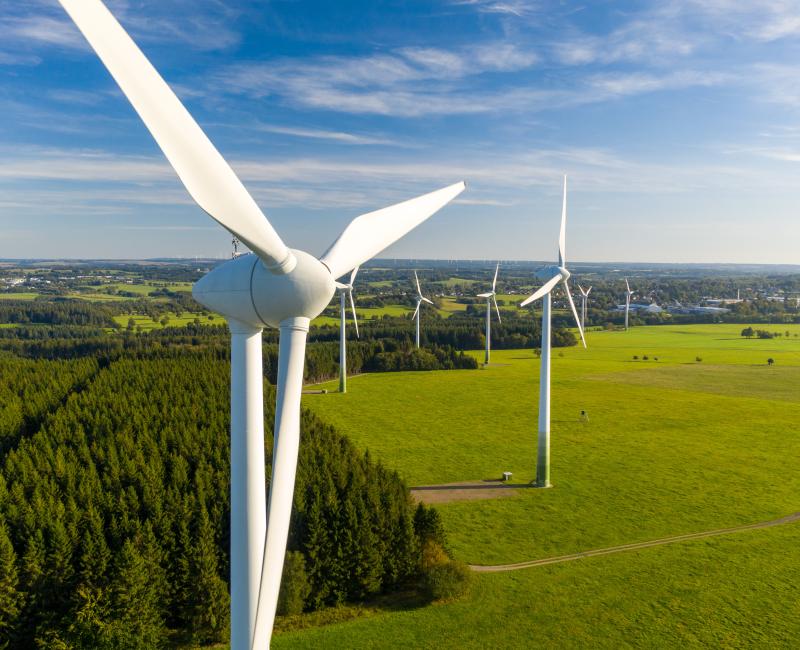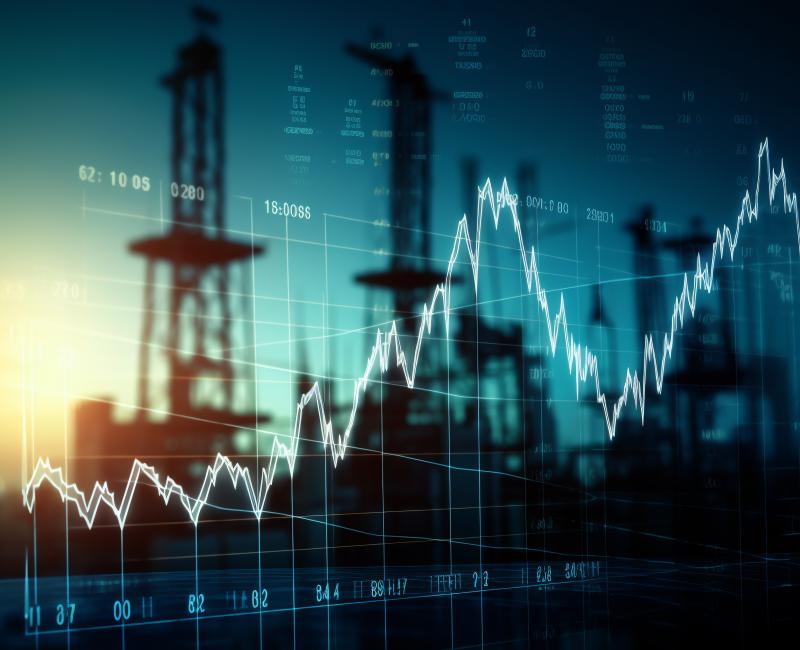ACER suggests improvements to ENTSO-E’s Guideline for cost benefit analysis of electricity grid development projects
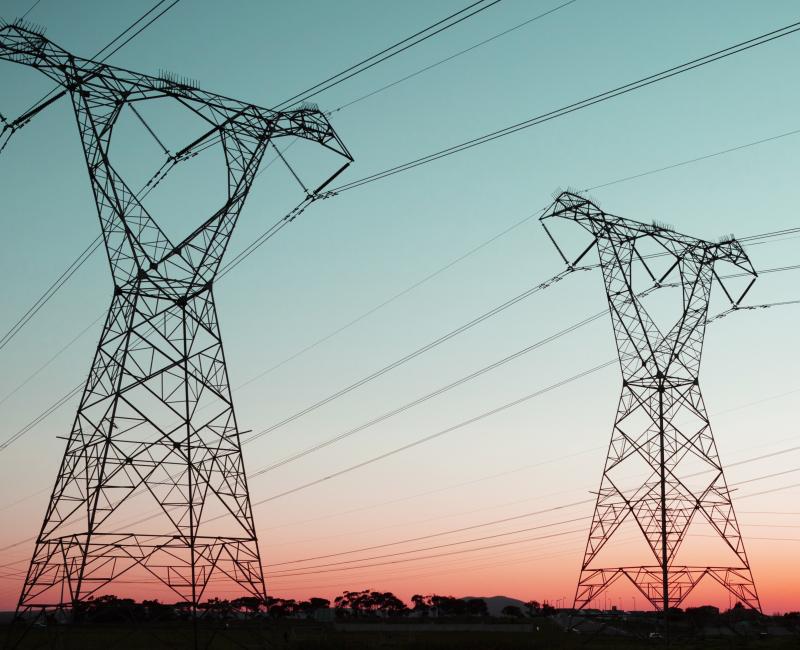
ACER suggests improvements to ENTSO-E’s Guideline for cost benefit analysis of electricity grid development projects
What is it about?
Today, ACER publishes an Opinion on the European Network of Transmission System Operators for Electricity (ENTSO-E) draft 4th Guideline for cost benefit analysis of electricity grid development projects (CBA Guideline). The CBA Guideline was submitted to ACER in April 2023.
What is the CBA Guideline?
The CBA Guideline aims at providing guidance on how to assess transmission projects to be included in the Ten-Year Network Development Plan (TYNDP). It is also used at the selection of Projects of Common Interest (PCIs) and Projects of Mutual Interest (PMIs) and on the cost allocation of cross-border infrastructure projects (CBCA).
What’s in the ACER’s Opinion?
ACER welcomes the following improvements to the CBA Guideline:
- Inclusion of a methodology for the assessment of hybrid offshore projects (i.e. grid projects that serve a dual purpose, to connect offshore generation and interconnect two bidding zones);
- Improved definition of the reference grid used in the modelling;
- Extended scope and increased clarity in assessing projects’ commissioning dates; and
- Improved definition for determining the commissioning year of projects involving multiple investments.
ACER identifies shortcomings in the CBA Guideline and recommends to ENTSO-E the following actions to improve it:
- Extend the analysis of security of supply by considering future extreme weather events;
- Simplify the assessment of hybrid offshore projects by removing Option 2;
- Include the identification of beneficiaries and cost bearers at national level;
- Provide criteria and suggest indicators for a more concrete assessment of ancillary services’ benefits.
Access the ACER Opinion on the ENTSO-E draft 4th Guideline for cost benefit analysis of grid development projects.

